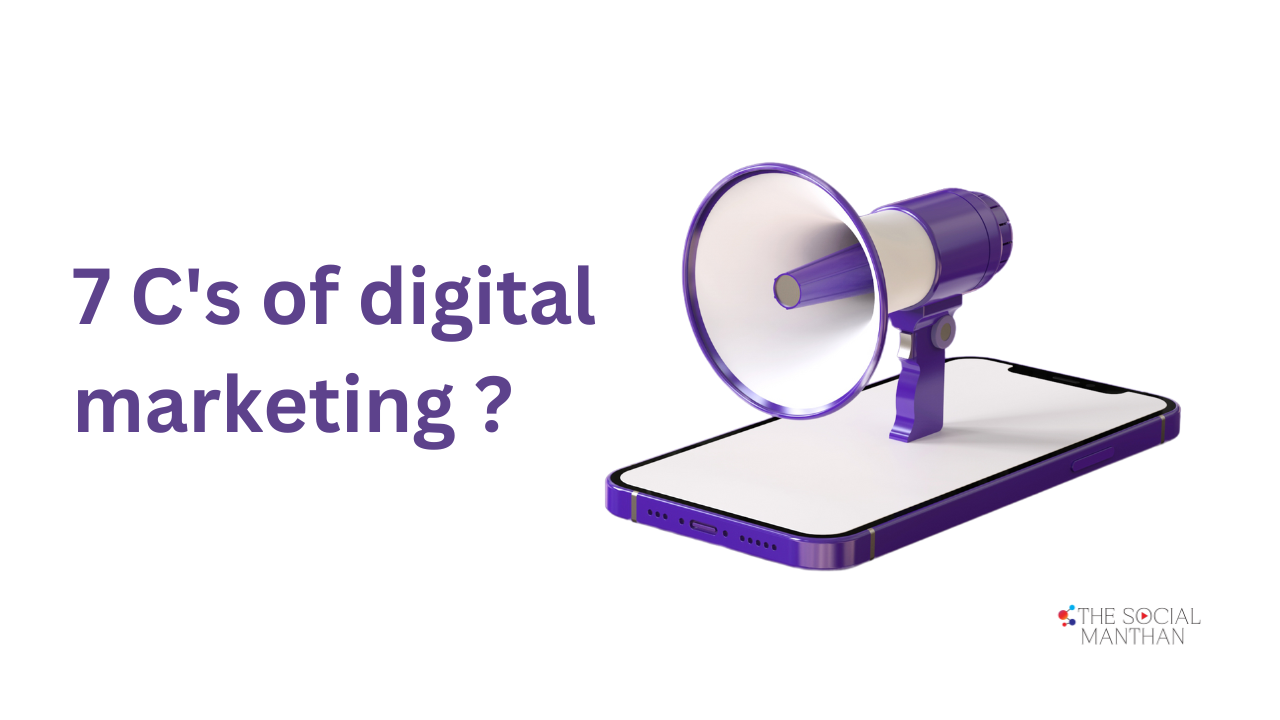You might be wondering how to navigate the complex world of digital marketing effectively. In this blog post, I will break down the 7 C’s of digital marketing, vital principles that can guide your strategy and enhance your reach. By understanding these core components, you can create a more impactful digital presence and connect with your audience in meaningful ways. Join me as we explore each element and how they contribute to successful marketing efforts in today’s digital landscape.
The Seven C’s of Digital Marketing
Before plunging into the specifics of digital marketing, it’s necessary to understand the framework of the Seven C’s. These elements are interconnected principles that guide marketers in creating effective strategies. By focusing on these components—Content, Context, Community, Communication, Connectivity, Commerce, and Conversion—you can enhance your digital marketing efforts and achieve better results in reaching your audience.
Content
The key to successful digital marketing lies in delivering high-quality content that resonates with your audience. Compelling content not only informs but also engages and inspires action, making it vital for your overall strategy. It’s important to consistently provide value through your content to build a loyal audience.
Context
By recognizing the importance of context, you can tailor your marketing messages to align with the needs and preferences of your audience. Contextual relevance allows for a deeper connection, ensuring that your content is not only seen but also appreciated.
Another aspect to consider is the timing and platform of your content delivery. Context includes understanding when your target audience is most active or receptive to messaging. By analyzing data and trends, I can refine my approach, ensuring that I engage my audience in the right place and at the right time.
Community
The establishment of community around your brand fosters loyalty and encourages engagement. Interacting with your audience and creating a sense of belonging can significantly enhance your brand’s image and reach.
And it’s necessary to nurture this community by encouraging conversations and actively participating in discussions. By being genuinely interested in your audience’s feedback and perspectives, you create a space where they feel valued, ultimately leading to increased brand advocacy and trust.
Communication
An effective communication strategy is vital for conveying your brand message clearly and consistently across various channels. Engaging with your audience through transparent communication builds stronger relationships.
Seven key elements of communication involve listening to your audience, responding promptly, and maintaining a tone that resonates with their expectations. By enhancing my communication efforts, I can foster deeper connections and drive more meaningful interactions with my audience.
Connectivity
Behind every successful digital marketing strategy is a focus on connectivity, which refers to the ability to reach your audience across various platforms and devices. It’s about ensuring that users have multiple channels through which they can engage with your brand.
This means I need to ensure that my content is optimized for different devices and locations, allowing users to interact seamlessly. The more touchpoints I provide for potential customers, the greater the chances of building lasting relationships with them.
Commerce
About understanding the commerce aspect of digital marketing, it’s necessary to create a seamless purchasing experience for your audience. This includes everything from user-friendly website navigation to secure payment options.
Community engagement plays a critical role in driving commerce, as satisfied customers are more likely to recommend your products and services to others. Focusing on delivering exceptional customer experiences enhances not only your sales but also the overall perception of your brand.
Conversion
Content plays a pivotal role in driving conversions, as effective marketing relies on persuading users to take action. This could include signing up for a newsletter, making a purchase, or engaging in a significant way with your brand.
Commerce strategies should be aligned with your content’s persuasive elements to optimize conversion rates. By analyzing user behavior and continually refining your approach, you can maximize the chances of converting visitors into loyal customers.
Importance of the 7 C’s in Strategy
Your digital marketing strategy needs a solid foundation, and the 7 C’s provide that important framework. I believe that these principles guide your decisions and shape your approach, ensuring that every campaign aligns with your overall objectives. By focusing on these elements, you can create more effective messaging, enhance customer engagement, and drive better results. In my experience, integrating the 7 C’s into your strategy not only streamlines your efforts but also creates a consistent brand experience that resonates with your audience.
Best Practices for Implementing the 7 C’s
Not only should you familiarize yourself with the 7 C’s of digital marketing, but I also recommend applying them strategically in your campaigns. Start by analyzing your target audience to create content that resonates with them. Consistency is key, so ensure your messaging aligns with your brand identity across all platforms. Collaborate with your team to enhance communication and foster creativity. By monitoring your performance through actionable analytics, you can continually refine your strategies. Lastly, don’t hesitate to innovate and adapt as the digital landscape evolves, always keeping the 7 C’s at the forefront of your marketing efforts.
Case Studies Highlighting Successful Use of the 7 C’s
Unlike many marketing strategies that can seem abstract, the 7 C’s of digital marketing manifest clearly in successful real-world applications. Here are some case studies that exemplify the effective use of each C:
- Content: HubSpot increased blog traffic by 200% over one year through valuable, actionable content.
- Context: Airbnb’s personalized email campaigns led to a 3x higher click-through rate, enhancing user engagement.
- Community: Nike built a community with the Nike+ app, resulting in over 30 million users worldwide.
- Communication: Starbucks achieved a 20% increase in customer retention by enhancing two-way communication on social media.
- Connection: Amazon’s recommendation algorithm increased sales by 29% through targeted product connections.
- Commerce: Shopify merchants saw an average revenue increase of 76% after optimizing their online stores.
- Creativity: Dove’s ‘Real Beauty’ campaign achieved a 700% increase in online engagement, showcasing the power of authentic creativity.
Examining these examples can inspire you to incorporate the 7 C’s into your digital marketing strategy effectively.
Challenges in Applying the 7 C’s
For anyone exploring into the 7 C’s of digital marketing, I’ve encountered several challenges that can arise. First, aligning each aspect with your overall marketing strategy can be complex, as each “C” influences the others. Additionally, keeping your content consistent and relevant requires continuous effort and adaptation to changing consumer behaviors. You may also struggle with measuring effectiveness, as the impact of each component is sometimes difficult to quantify. Lastly, ensuring your team is fully on board with implementing these principles can be a hurdle if communication is lacking.
Conclusion
Presently, the 7 C’s of digital marketing—Content, Context, Community, Convenience, Communication, Conversion, and Customer—provide a comprehensive framework for achieving success in the digital landscape. I encourage you to integrate these principles into your marketing strategy, focusing on delivering value to your audience. By doing so, you enhance engagement and foster lasting connections, ultimately driving growth for your brand. Your ability to adapt to these concepts can significantly influence your digital marketing outcomes.









